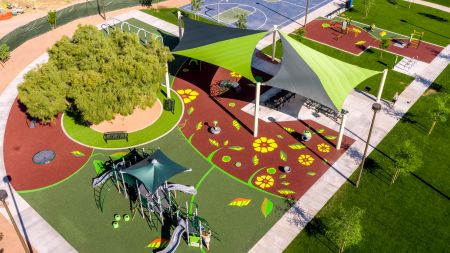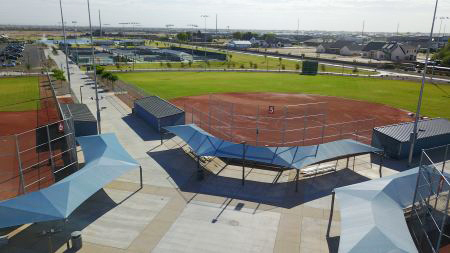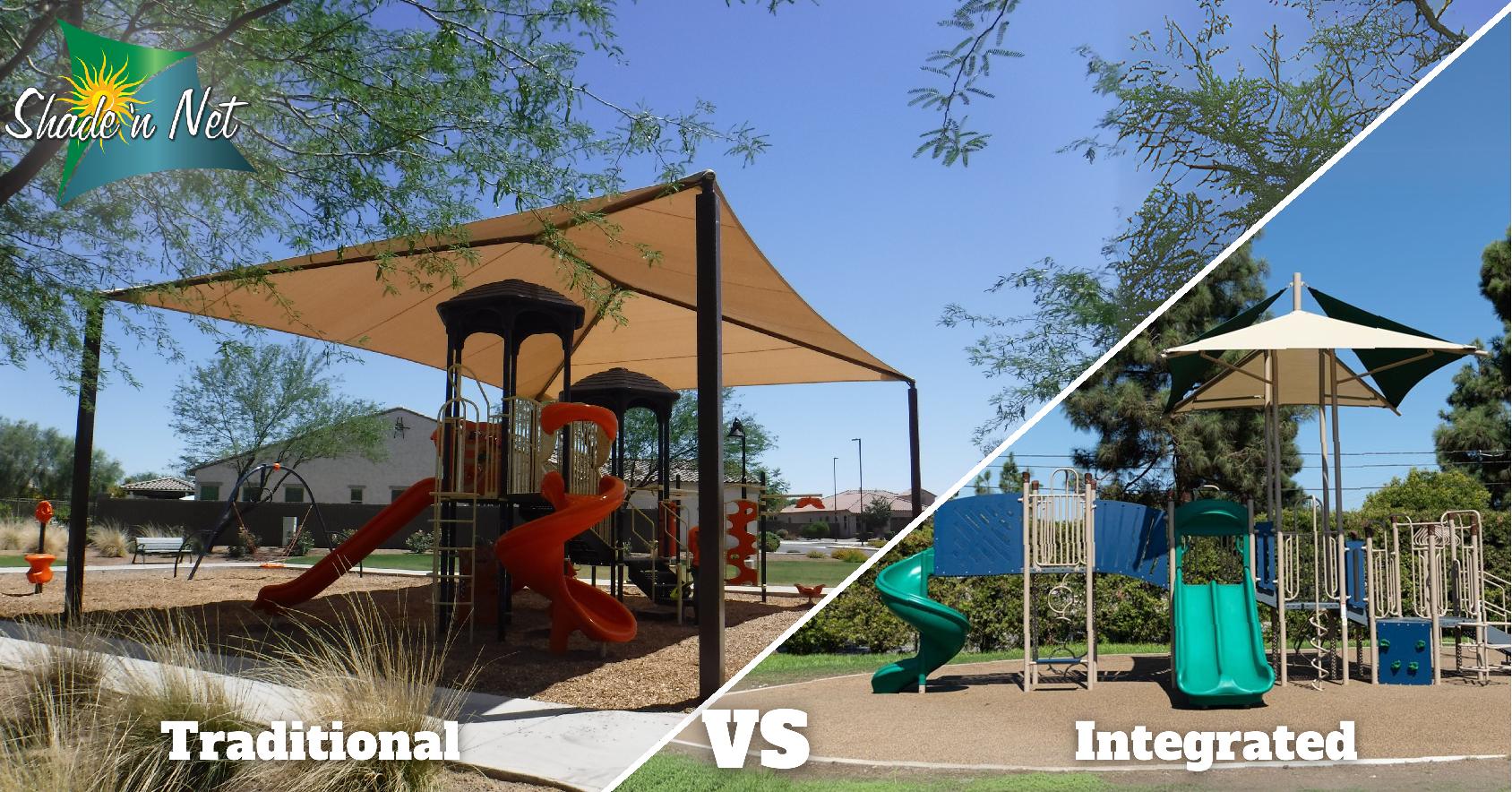Outdoor spaces serve as hubs for recreation, learning, and building community. However, ensuring these areas are safe for all visitors—especially children—requires thoughtful consideration of UV protection. Shade structures play a pivotal role in mitigating risks and enhancing outdoor enjoyment, but not all shade systems are created equal.
Integrated Shade Systems: A Closer Look
Integrated shade systems, built directly into playground equipment, are increasingly popular for their seemingly convenient design and lower cost for manufacturers. However, their limitations can significantly impact safety and long-term usability:
- Limited Coverage: Unlike traditional shade systems, integrated shades cover only portions of the equipment. Due to this size limitation, there is a very small window in which the shade cover is functional. Throughout many months of the year, the sun and heat exposure of mid-morning to late afternoon can render these covers practically useless. This leaves areas exposed to harmful UV rays. Research from the Skin Cancer Foundation highlights that skin cancer rates have increased by 77% over the past three decades; without protection, UV exposure can damage skin in as little as 15 minutes—shade keeps people safe.
- Lack of Flexibility: Integrated designs are static, making them unsuitable for expanding or adapting to the changing needs of growing communities.
The Hidden Costs of Shortcuts

While integrated shade systems may appear cost-effective initially, their long-term expenses—due to frequent repairs and replacements—quickly surpass the upfront savings. Their lack of functionality is also passed down to the children and visitors that end up paying the price for cutting corners, with increased exposure throughout the year. Traditional shade structures offer a better return on investment by combining durability, lower maintenance costs, and unmatched UV protection.
The Advantages of Traditional Shade Structures
Traditional shade structures remain the gold standard for UV protection and outdoor safety. Here’s why they are a superior choice:
- Broad UV Protection: High-quality fabric used in traditional shade structures blocks up to 98% of harmful UV rays, creating safe, shaded environments that protect both children and adults from sunburn and heat-related illnesses.
- Durability Built to Last: Engineered to the highest standard, these structures withstand extreme weather conditions. Their longevity often exceeds decades, making them a reliable solution for schools, parks, and public spaces. Studies show that shaded playgrounds experience up to 60% less surface deterioration.
- Customizable and Adaptable: Traditional systems can be tailored to fit a variety of spaces and easily modified to meet future demands, ensuring they remain functional as communities grow.
Why Traditional Shade Structures Matter

Outdoor spaces are meant to be welcoming and safe for everyone, especially in areas with intense sun exposure. Traditional shade structures provide comprehensive coverage, protecting against UV rays, heat, and unpredictable weather. They enhance not just the functionality of outdoor spaces but also the well-being of the people who use them.
By choosing high-quality traditional shade structures, communities and organizations invest in durable, adaptable, and safe outdoor environments. This commitment to safety and practicality ensures that outdoor spaces remain inviting and protective for years to come.
For more information about traditional shade solutions and to learn more about Shade ‘n Net, visit www.shadesolutions to explore options tailored to your needs.
Sponsored by
Shade 'n Net
5711 W Washington St.
Phoenix, Arizona, 85043



